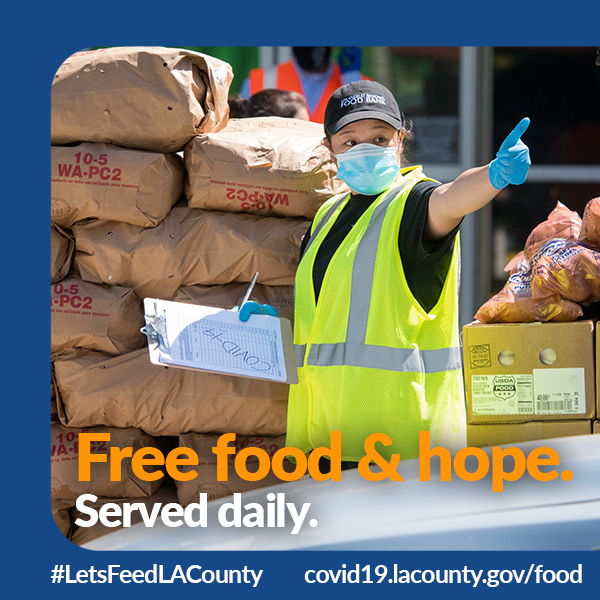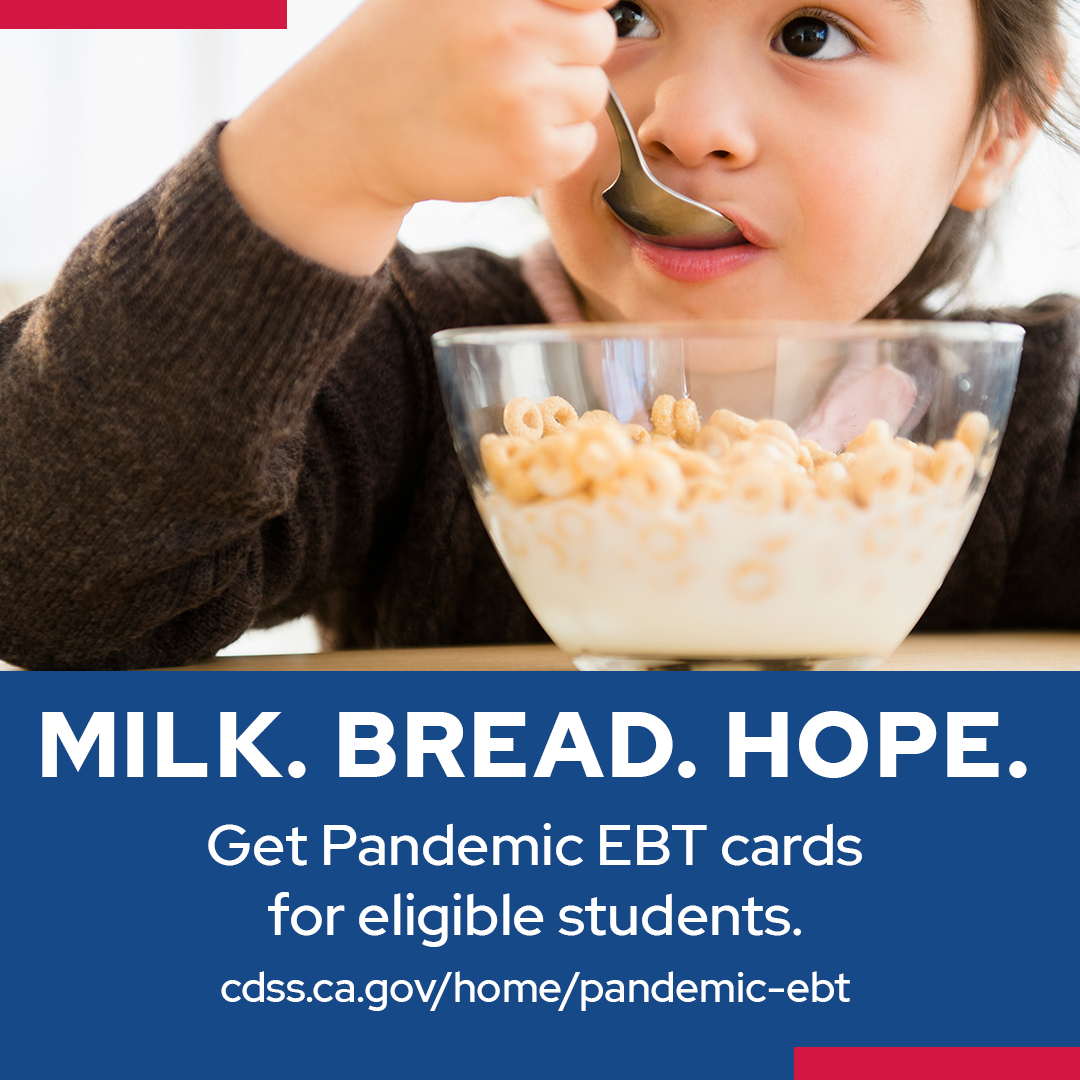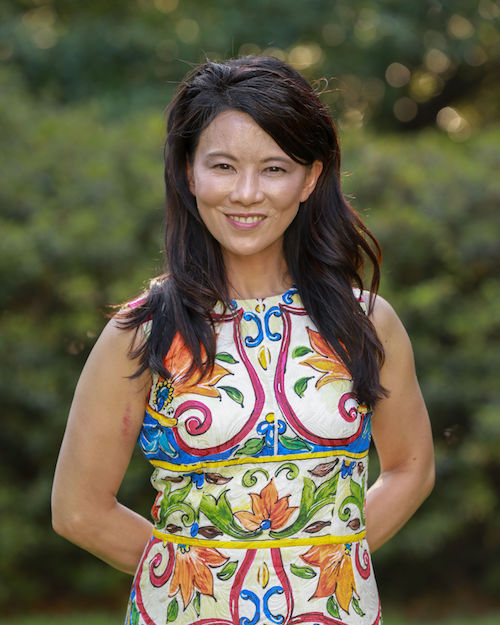Magazine, The Immigrant Experience
Los Angeles County is home to the largest immigrant population in the US a majority of whom are professionals, students, and entrepreneurs. It is not surprising that the COVID 19 pandemic has heavily hit its over 10million residents disproportionately on racial and economic lines. Hardworking people who never thought they’d need help have found themselves in dire straits from keeping a roof over their heads to facing severe or moderate food insecurity.
At a zoom conference for ethnic media outlets hosted by Ethnic Media Services, County officials shared how they help their very diverse immigrant communities. Beginning with updates on the pandemic, Dr. Eloisa Gonzalez, the Director of Integrative Medicine at the Wellness Center at LAC+USC Historic General Hospital, Director Of Cardiovascular and School Health at the Los Angeles County Department of Public Health, shared statistics on how far the county has come. In general, there has been a progression in the reduction of COVID infection cases allowing for other health issues to be addressed. The situation with new variants from the UK and South Africa however is of concern. Now more than ever there is a great need to continue to practice social distancing, mask-wearing, and all the other hygiene practices such as the washing of hands. Dr. Eloisa also shared that vaccines continue to be the solution and the county was still making a priority for those 65 and up and though the rollout continued to show inequities in our communities there was progress on the overall objectives of giving out more vaccines. As already observed these inequities were caused by lack of access to vaccine sites due to time or ability to register particularly in black and brown communities.
Beginning March 1st however, new tiers would open up in the educational sectors, childcare, emergency services, and food and agricultural workers.
All these new eligible groups will coordinate with their trusted sources to assist such as unions, community leaders, while schools will create pods for their workforce.
Speaking on food insecurity, Gary Gero, Director of Los Angeles County’s Emergency Food Security Branch and Chief Sustainability Officer for LA County recognized the current situation as an economic crisis and they were working hard to help deliver food to those who need them. The situation has been very grave and so they have had to step up by using employees like librarians, pool workers, etc.
The food sector branch was lost in 2020 due to the pandemic and so they partnered with USC to do research which brought some shocking results. One in three LA residents struggles with access to food or enough to eat. The research points out that of the 3million experiencing food shortages blacks and Latinx people have been affected the most in the last year. Children and people without a college degree make up the majority.
 To solve this problem, existing programs like Calfresh, food stamps, and Women Infant and Children (WIC) have been enhanced to accommodate the needs. The Board Of Supervisors has allocated $135million.Since the onset of the pandemic partnerships with LA food banks have been replaced with drive-throughs because of closures of food pantries. Everyone is welcome, no questions asked and food is simply placed into the trunks of everyone that shows up. Thi effort has yielded help to over 150,000 households. Senior meal programs have stepped up as well providing over 30,000 cards to seniors and the homeless. The county is committed to putting food on the table and it recognizes that it cannot fight the pandemic on empty stomachs. For information on how to get assistance or support their efforts simply dial the county at 211.
To solve this problem, existing programs like Calfresh, food stamps, and Women Infant and Children (WIC) have been enhanced to accommodate the needs. The Board Of Supervisors has allocated $135million.Since the onset of the pandemic partnerships with LA food banks have been replaced with drive-throughs because of closures of food pantries. Everyone is welcome, no questions asked and food is simply placed into the trunks of everyone that shows up. Thi effort has yielded help to over 150,000 households. Senior meal programs have stepped up as well providing over 30,000 cards to seniors and the homeless. The county is committed to putting food on the table and it recognizes that it cannot fight the pandemic on empty stomachs. For information on how to get assistance or support their efforts simply dial the county at 211.
Abraham Gomez, a CalFresh Program Manager, L.A.County Dept of Public Social Services also gave more insight into the CalFresh program. They have had to make adjustments as well to accommodate those in need which has been made worse by the pandemic. They provide supplemental nutrition or SNAP to meet household needs from healthcare to education. To this equation, the first line of defense is food insecurity because the pandemic has been made worse, increasing numbers up to 179% in one year.
He shared details on how to apply as follows:
An applicant would have to be a legal or US resident and also be of low income.
More information on how to qualify can be found at dpss.lacounty.gov
To apply call 1-866-613-3777 or online at getcalfresh.org
There are now six customer service centers.
Hours of service:
Mondays-Fridays from 7:30am- 7:30pm
Saturdays from 8:00am – 4:30pm
Services are offered in 10 different languages and medical, cash assistance, CalWORKs, and general relief are all also offered.
Find out more at dpss.lacounty.gov or social media platforms including Facebook, Instagram, and Youtube pages.
Finally, the Director of Agency Relations and Product Acquisitions at Los Angeles Regional Food Bank, Elizabeth Cervantes shared that they were also on the frontlines working with pantries, church pantries, Skidrow and now include partners from the county and school districts.
 Because the pandemic has hit very hard food is now given to pantries 3-4times a week increasing by 145% compared to pre-pandemic times. Families who never thought they would be in this situation are coming for help due to loss of income, or had to move in with other family members, recently unemployed, furloughed workers who have gone through their savings and are worried about how to keep a roof over their heads.
Because the pandemic has hit very hard food is now given to pantries 3-4times a week increasing by 145% compared to pre-pandemic times. Families who never thought they would be in this situation are coming for help due to loss of income, or had to move in with other family members, recently unemployed, furloughed workers who have gone through their savings and are worried about how to keep a roof over their heads.
There are lots of stories about how the pandemic is affecting the community. The Foodbank welcomes donations to continue to assist those in need.











